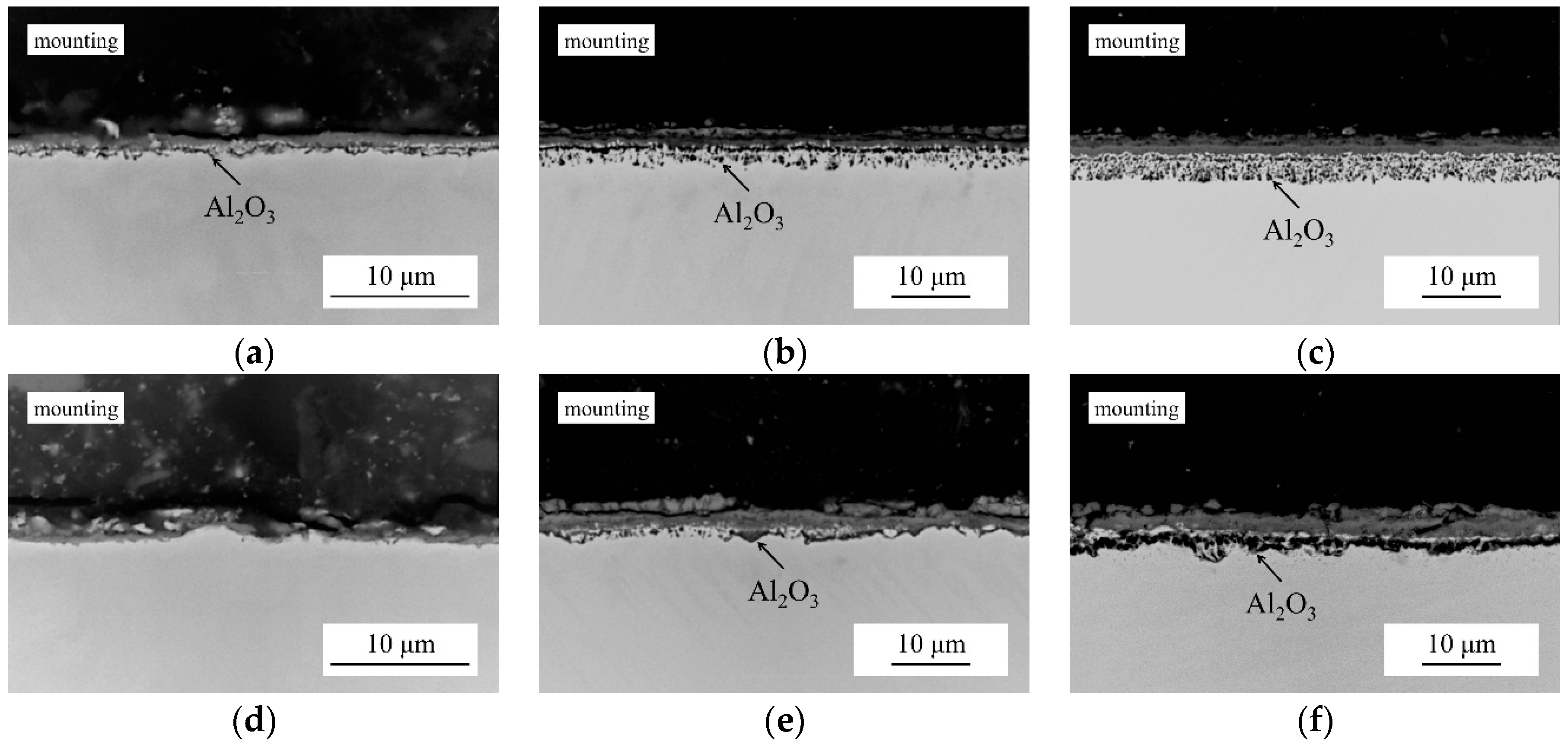
These alloys are currently the focus of significant attention in materials science and engineering because they have potentially desirable properties. Some alternative names, such as multi-component alloys, compositionally complex alloys and multi-principal-element alloys are also suggested by other researchers. The term "high-entropy alloys" was coined by Taiwanese scientist Jien-Wei Yeh because the entropy increase of mixing is substantially higher when there is a larger number of elements in the mix, and their proportions are more nearly equal. Hence, high-entropy alloys are a novel class of materials. For example, additional elements can be added to iron to improve its properties, thereby creating an iron-based alloy, but typically in fairly low proportions, such as the proportions of carbon, manganese, and others in various steels. Prior to the synthesis of these substances, typical metal alloys comprised one or two major components with smaller amounts of other elements. High-entropy alloys ( HEAs) are alloys that are formed by mixing equal or relatively large proportions of (usually) five or more elements. Looking ahead, the group hopes to expand this platform into practical electrocatalysis by using Pt-HEA-nanoparticles that seek to increase electrochemical surface areas.Alloys with high proportions of several metals Atomic structure model of fcc CoCrFeMnNi The platform is applicable not only to electrocatalysis but also in various fields of functional nanomaterials." It is valid for clarifying the precise correlations among the atomic-level, surface microstructure and electrocatalytic properties of HEAs of any constituent elements and ratios and, thus, would provide reliable training datasets for materials informatics. "Our newly constructed experimental study platform provides us with a powerful tool to elucidate the detailed relationship between multi-component alloy surface microstructures and their catalytic properties. Wadayama and his group stress the wide applicability of their findings, both for any constituent elements and to other nanomaterials. This indicates that the atomic arrangement and distribution of elements near the surface, which creates a "pseudo-core-shell-like structure," contributes to the excellent catalytic properties of Pt-HEAs. They discovered that the Pt-HEAs' surfaces performed better in ORR compared to surfaces made of a platinum-cobalt alloy. Using advanced imaging techniques, the group examined the atomic-level structure of the Pt-HEAs' surfaces and studied their ORR properties. "This produced a model surface for studying a specific reaction called the oxygen reduction reaction (ORR)." "In our study we made thin layers of an alloy called a Cantor alloy, which contains a mix of elements (Cr-Mn-Fe-Co-Ni), on platinum (Pt) substrates," explains Toshimasa Wadayama, co-author of the paper and a professor at Tohoku University's Graduate School of Environmental Studies.

Their breakthrough was reported in the journal Nature Communications on July 26, 2023. Now, a collaborative research team has created a new experimental platform that enables the control of the atomic-level structure of HEAs' surfaces and the ability to test their catalytic properties. This is why researchers are seeking to understand the correlation between the atomic arrangement and the catalytic properties exhibited by HEAs. But unraveling this complexity is crucial, since the surface properties of materials often dictate their catalytic activity. Because they are made up of differing constituent elements, HEAs' atomic-level surface designs can be complex.


 0 kommentar(er)
0 kommentar(er)
